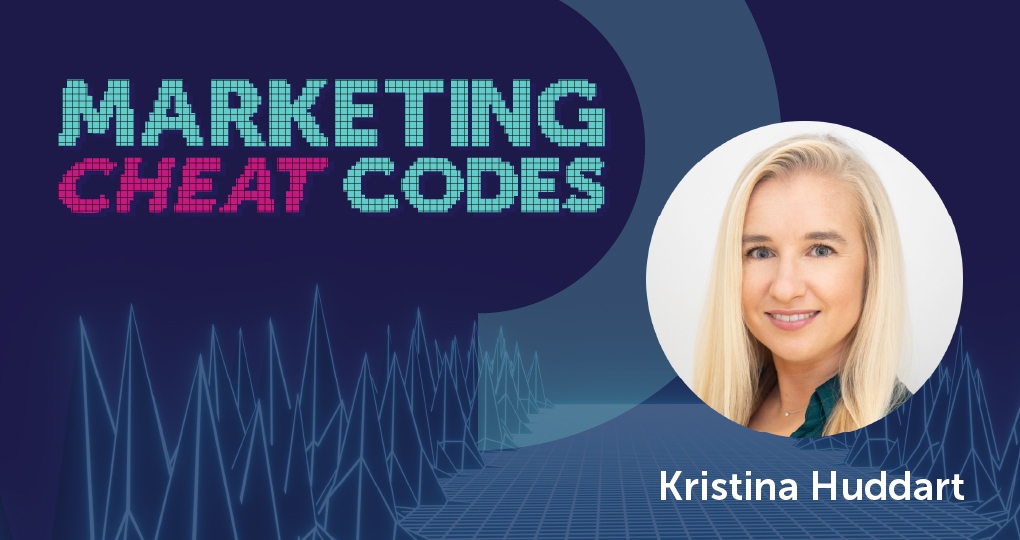Whether you are new to DAM or not, Kristina Huddart, an expert in Digital Asset Management, covers all the bases. This episode teaches what to prioritize in your DAM journey, how to properly align your roadmap with your strategic objectives, and ultimately, how to perform a “DAM health check” on your tech to ensure no pieces get lost along the way. Connect with Kristina Huddart on LinkedIn!
Skip to Topic
- Reevaluating Your DAM Processes
- Why a Health Check is Vital to Managing a DAM
- How to Start a Framework for a DAM Health Check
- Implementing Change Management
5:02 – Reevaluating Your Processes with a DAM Health Check
DAM can go far behind the realm of digital assets and even helps professionals manage real-world objects that help preserve their legacy. Finding new ways to implement your DAM strategy is key to maximizing your ROI.
“When we think about assets, I guess mostly we’re thinking about digital assets, but this applies to any kind of archives, museums, or galleries. The cultural heritage sector has been dealing with physical assets for a long time, so they’ve got collections of all sorts of things, and for a botanical garden, they’ve got collections of living plants, and they also have collections of dried and pressed plants in their herbarium. This one in London has specimens going back over 200 years. They even have specimens that Darwin collected.
And these are really valuable, sensitive objects. They’re at risk because they’re out in the world. And if there’s a fire, they could disappear, or if there is a flood or humidity or bugs may eat the plants. And so they decided that the best way to store and preserve and make sure that their legacy was protected was to digitize everything, so they digitized their whole collection. And, of course, they’re taking modern-day photography.
They’re doing lots of marketing as well. But for them, digital asset management really stemmed out of collection management, and that’s where it all started.”
8:45 – Why a DAM Health Check is Vital to Managing a DAM
Taking a look under the hood consistently is what usually makes or breaks a good DAM strategy, and there are several reasons to do so.
“The idea is that you start to look for symptoms of things going a little bit awry in your quarterly or monthly dam reports. So, you might start seeing things like your searches and downloads have dipped, or maybe new content isn’t actually going into the DAM. You know somebody has gone rogue, and they’re storing everything in Google Drive somewhere.
These are the kind of symptoms that we see in the dam industry, and this is pretty common, right? The idea is to take that step back and just do a holistic DAM health check and just take a look at the whole thing. Looking at that full picture, I can actually show some really interesting results. So, whether you’re kind of one year or five years into having a DAM, you know, on closer inspection, we might say, look, we’re really sorry to say, but your test results are back, and you’ve got some metadata deficiencies over here.”
12:25 – How to Start a Framework for a DAM Health Check
When analyzing your DAM’s health, it’s best to look at the big picture of what you’re using it for and work backward. This will allow you to future-proof your setup in the long run.
“We’ve been working together to use a framework for a health check that’s called the DAM capability model to help companies to optimize their DAM operations. And a DAM capability model is kind of like a maturity model if you’ve ever used one of those.
My favorite place to start is to talk about use cases. So, what are the use cases that you’re using your DAM for now, and what do you want to use it for in the future? The most basic DAM use cases are using the DAM as your media library. But actually, maybe you’re trying to do omnichannel publishing, right? Or maybe you’re suddenly managing loads of video assets? And how are you doing that? So I really like starting there because that makes it get people thinking about the big picture.”
20:27 – Implementing Change Management
Making changes, getting organizational buy-in, and following through can sometimes be the most difficult part of building or transitioning to a new DAM.
“There’s so much focus on that implementation phase, and you’ve got a little team of project managers working on it. Know the whole business is excited about this new tool that they’re going to use. And then sometimes, depending on how you do a DAM rollout, if it’s kind of a big bang, you know things, things go quiet after that.
But that’s when you really need that change management support. You need a plan in place. And how are you going to get people to buy into this thing? How are you going to get people to use it if you have amazing tech, but nobody’s using it? It’s not worth the investment. So there’s a lot of opportunity and some really interesting things going on in that change management space. And I definitely recommend for anybody who is implementing any sort of new technologies in your business to think about that long tail of change management and how that’s going to continue even after implementation.”
Never miss out again! Signup to receive updates on the latest Cheat Codes episodes!


